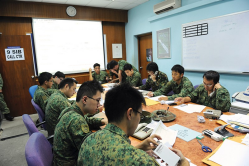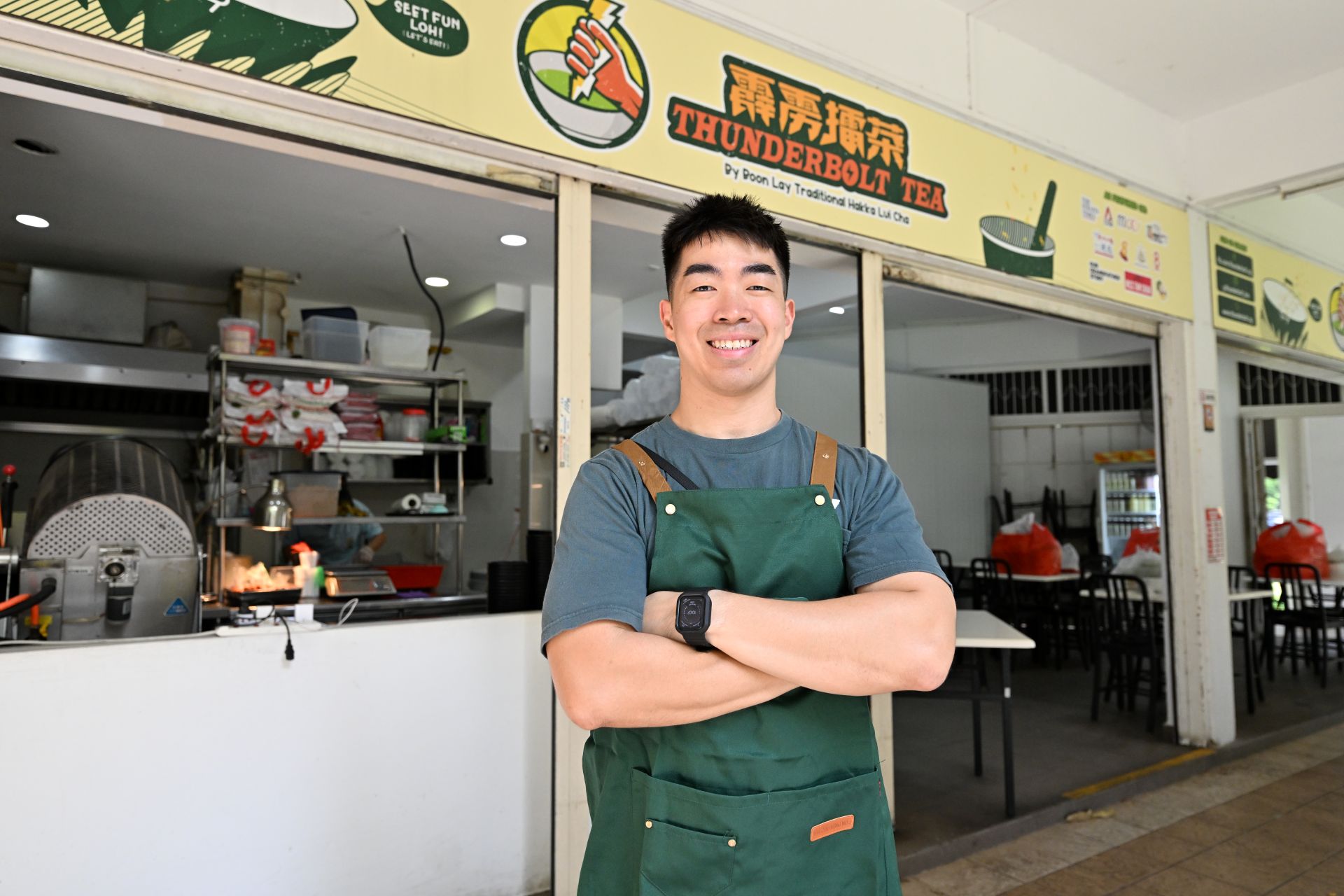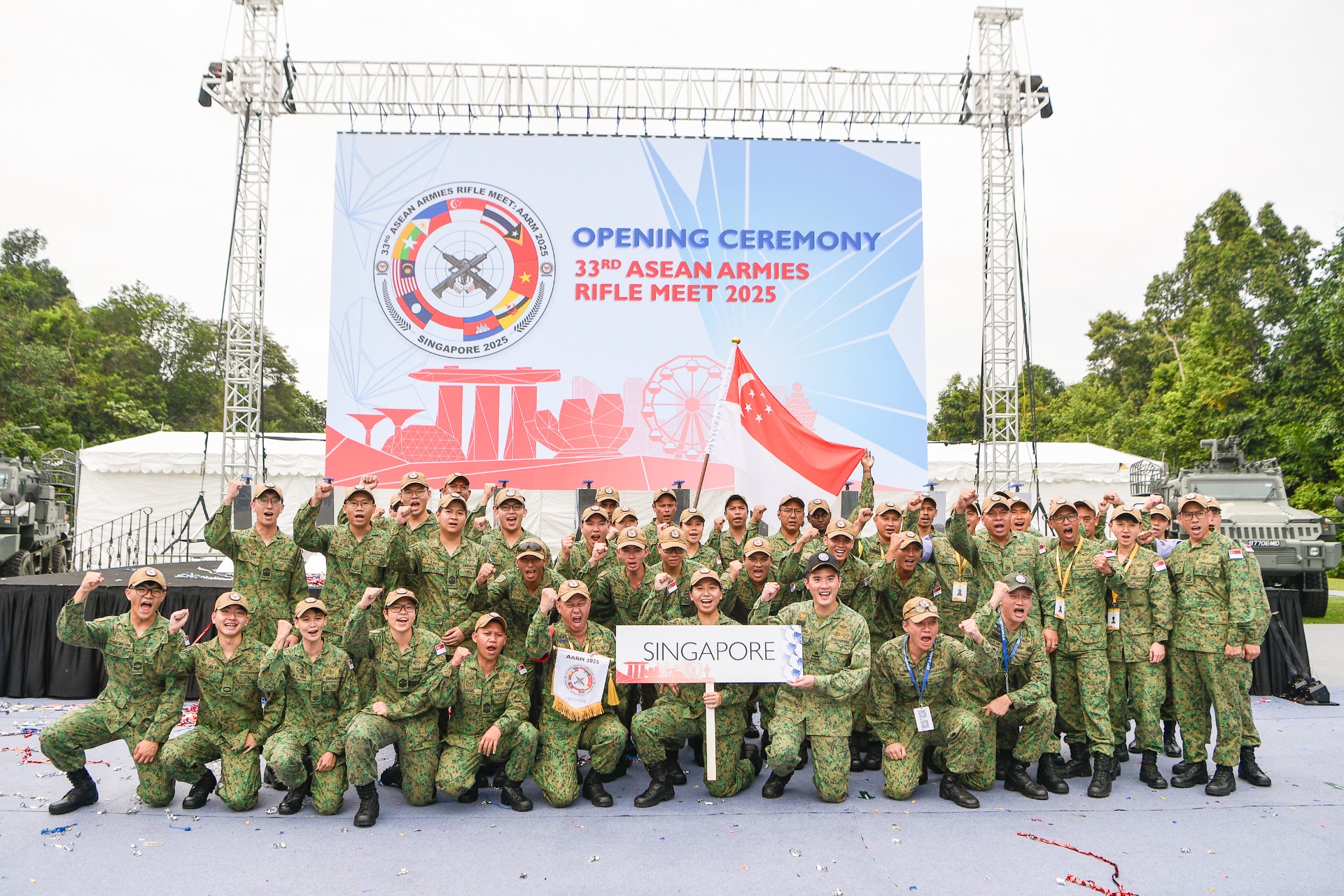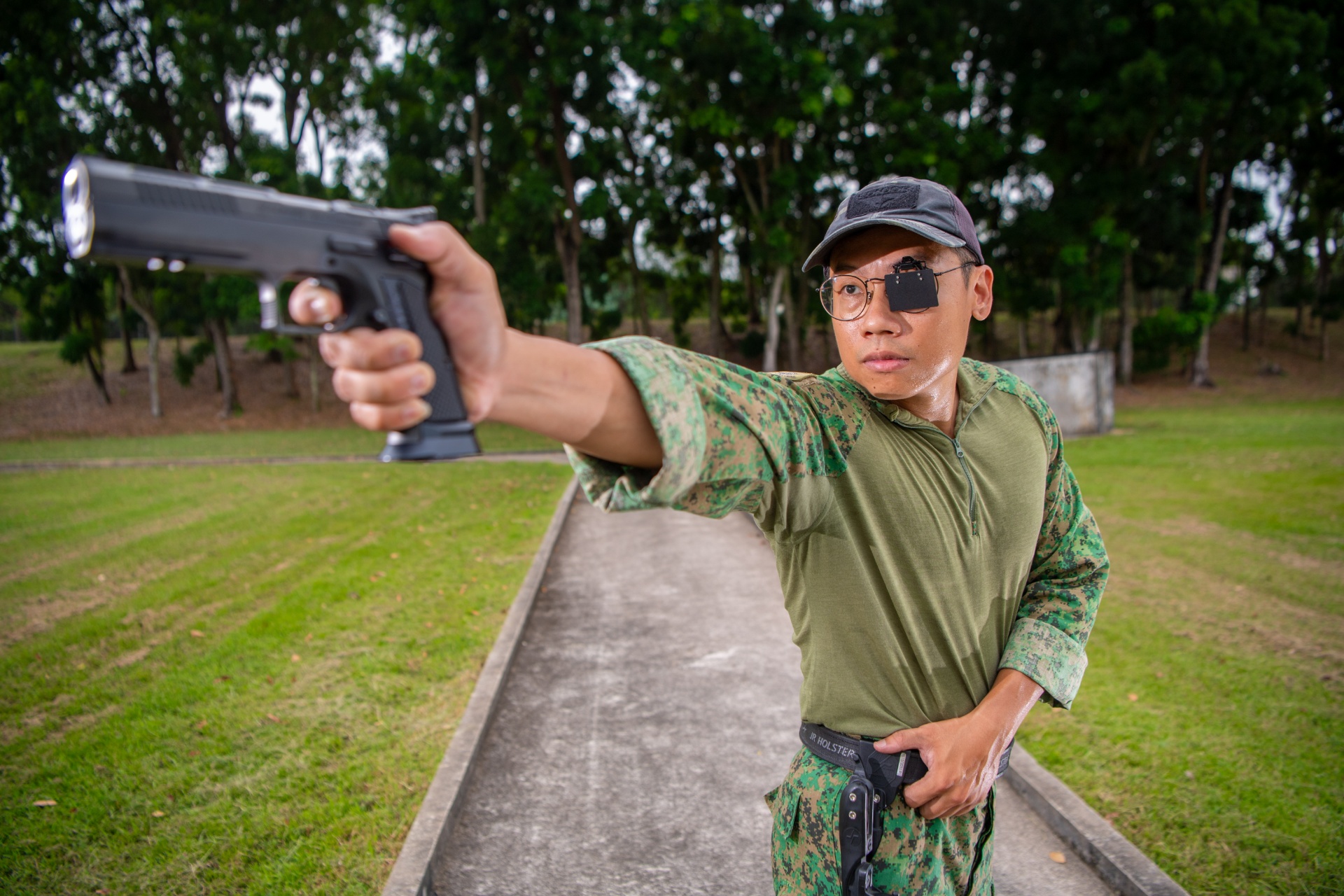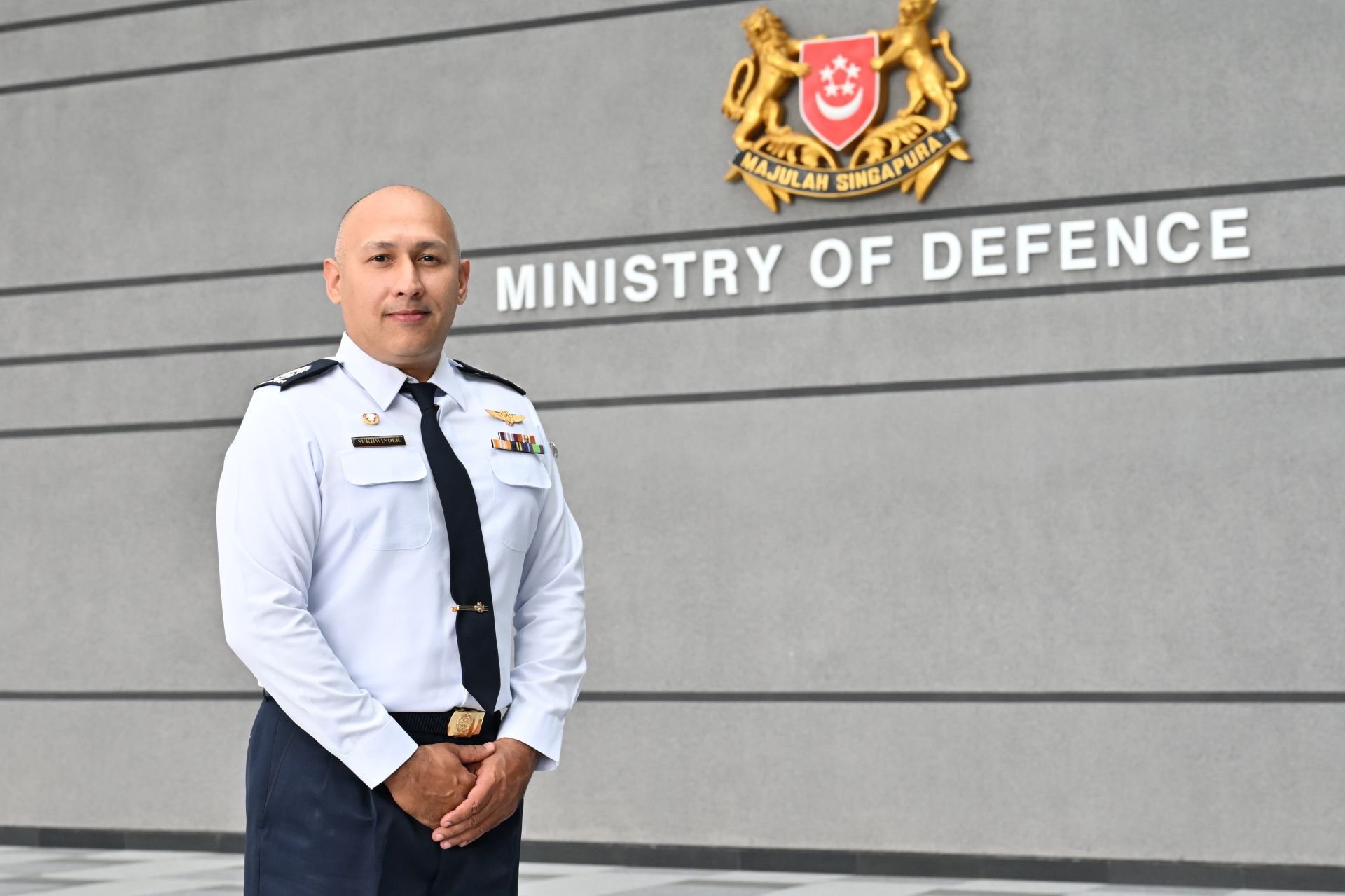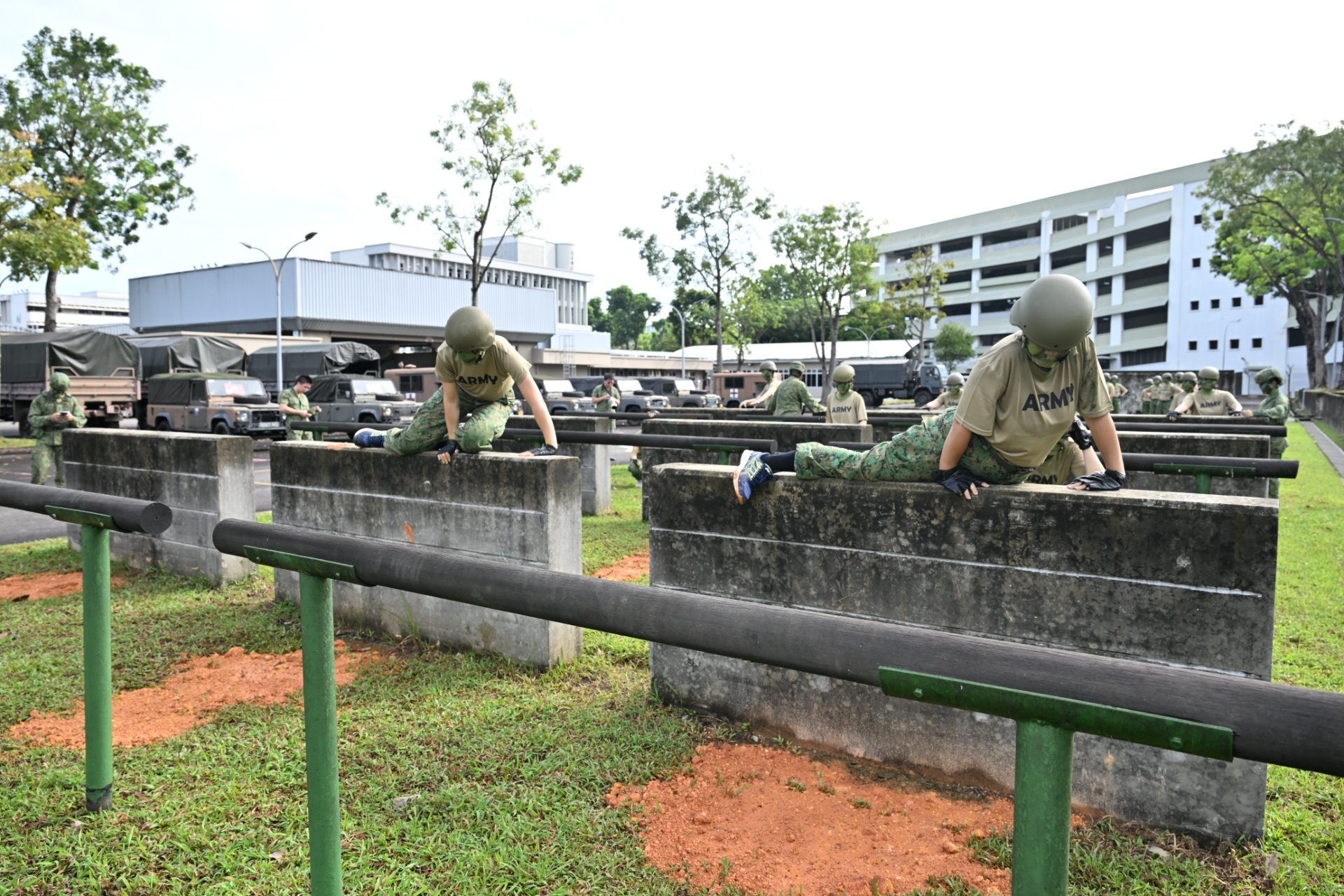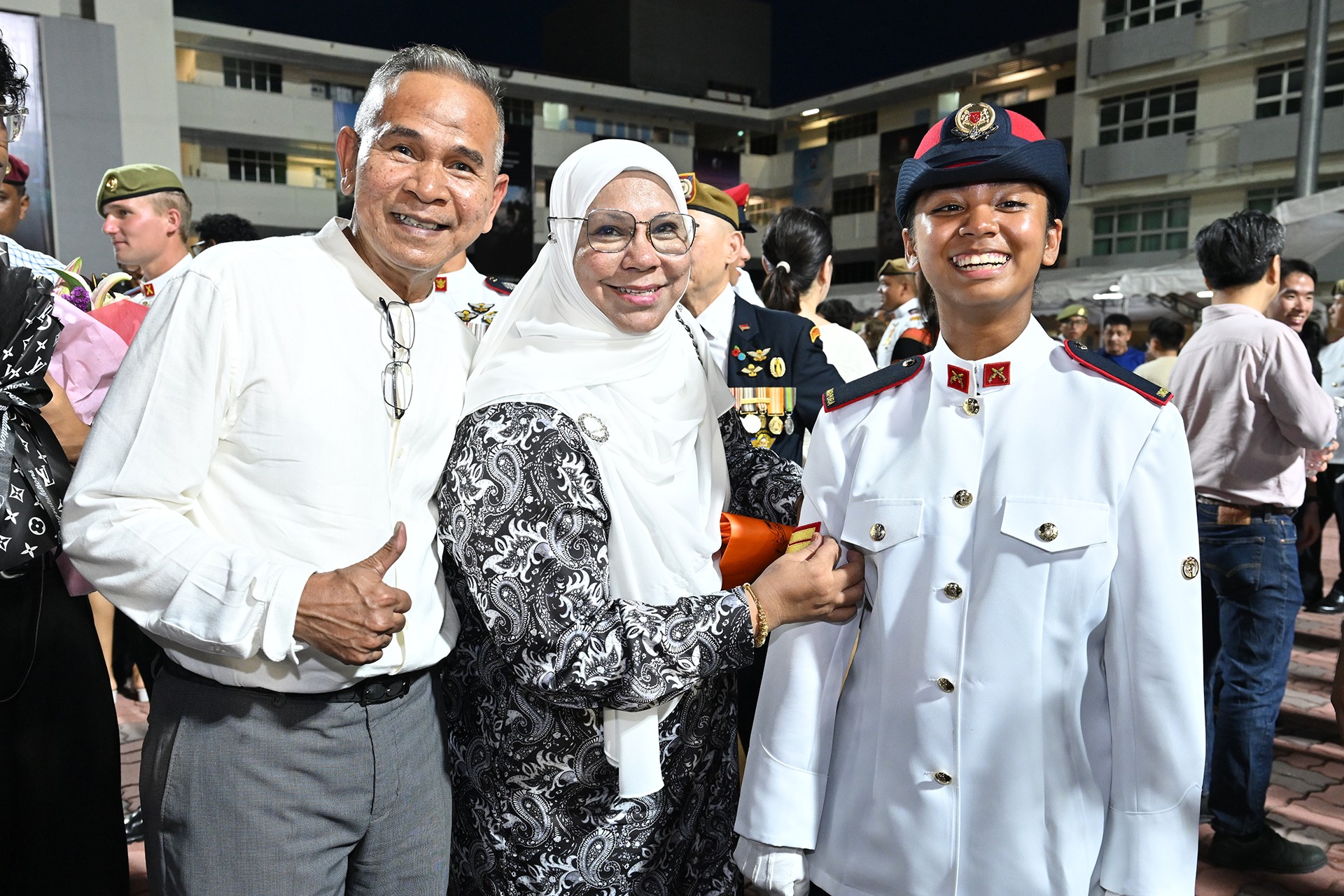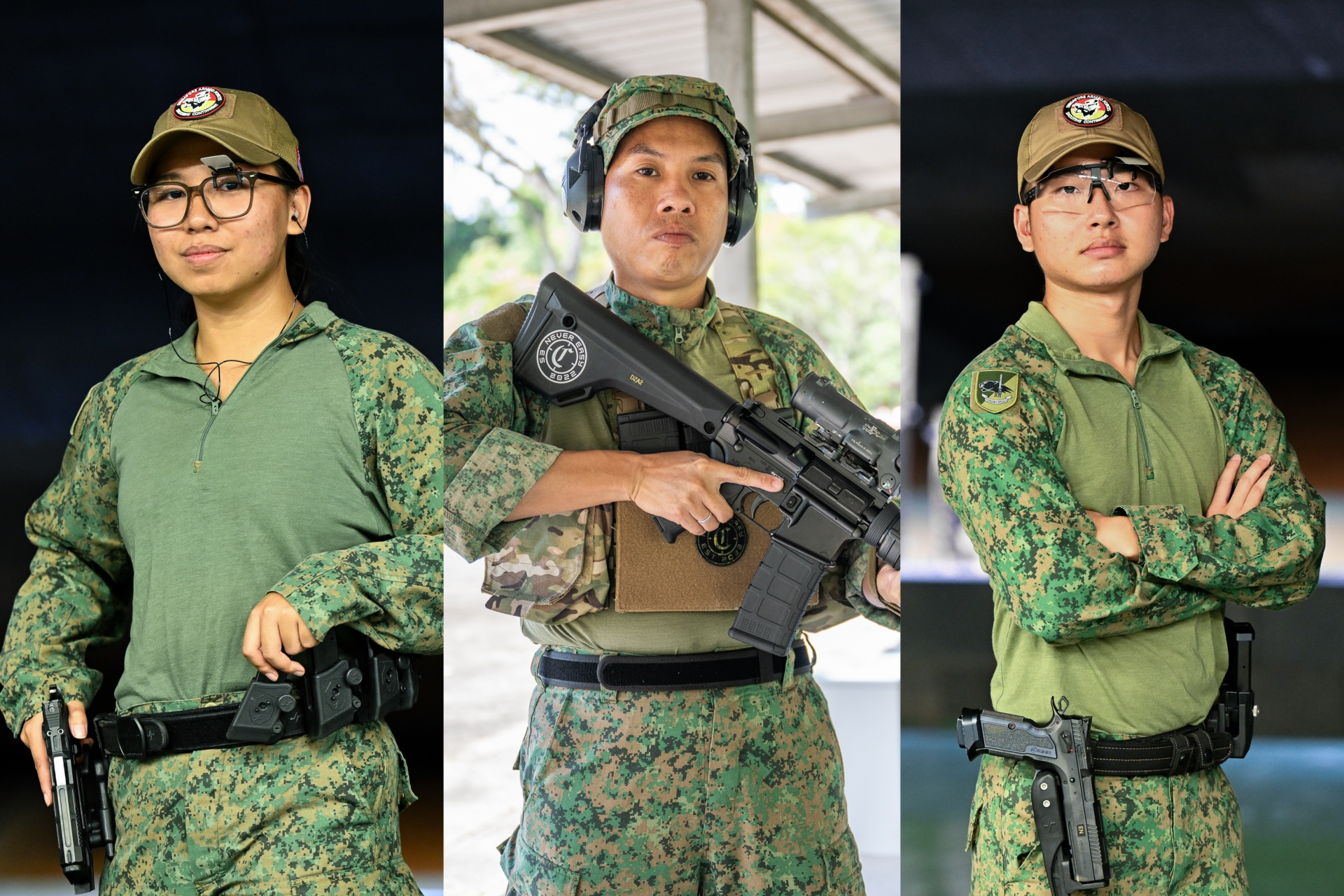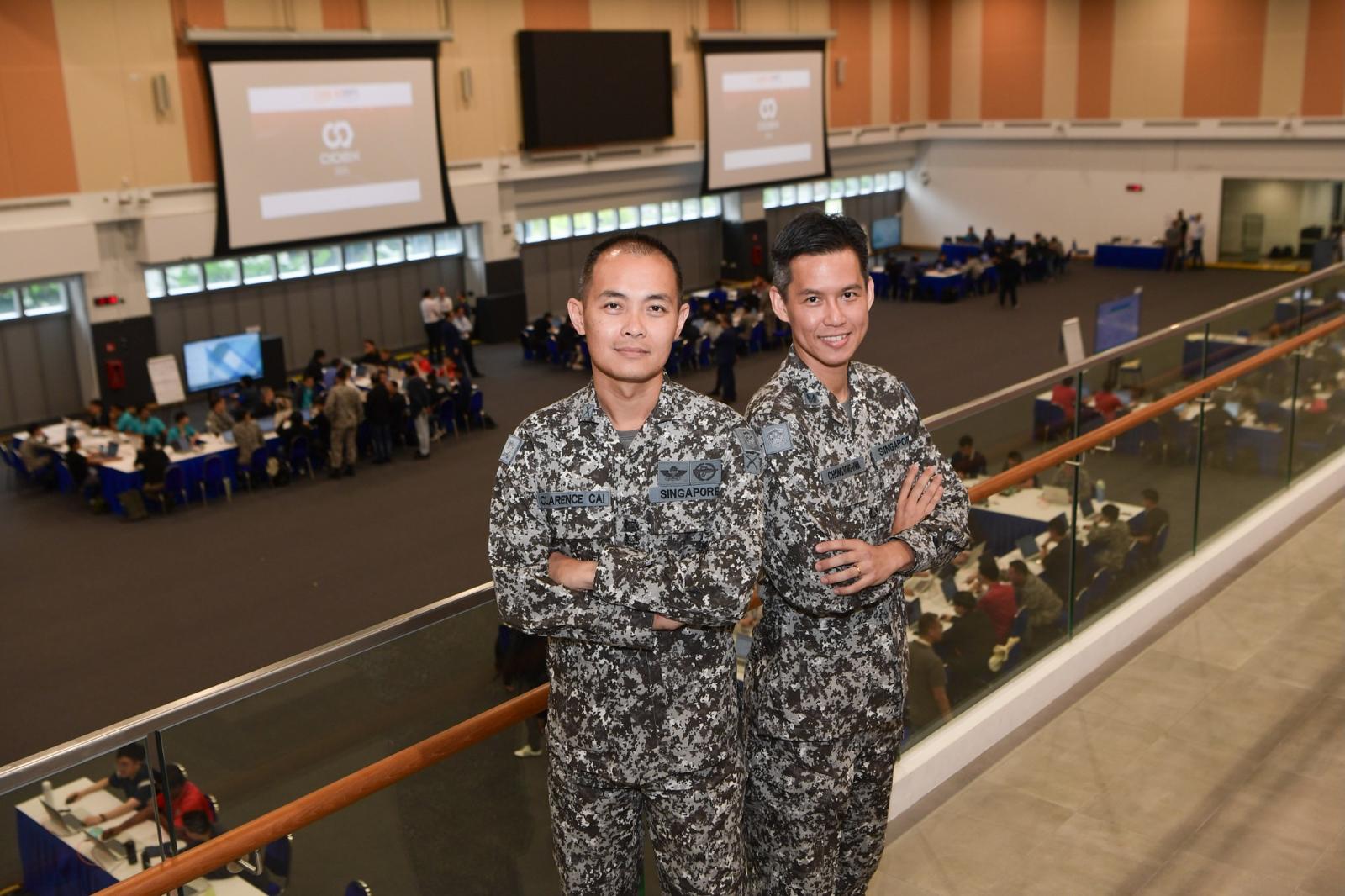CALL OF DUTY
STORY // Ong Hong Tat
PHOTO // Chua Soon Lye And Simon Koh
A behind-the-scenes look at what it takes to mobilise an army.
What happens during a mobilisation and equipping exercise?
01) X-hour: The call is broadcast; NSmen are notified that they are to report within a few hours to a specified camp. Typically, NSmen who are key appointment holders and part of the advance party have to report before the main bulk of the unit.
02) In-processing: This is where attendance is registered and the individual NSman receives his mobilisation card and a customised equipping list of the relevant items he must collect. For example, those belonging to a mortar platoon will have to draw the weapon and all the specialised equipment needed to operate it, on top of their personal SAR 21s.
03) Equipping: Each sub-unit has its own weapon and equipment-issuing counter. After receiving his weapon, the NSman will receive a stamp on his mobilisation card.
04) Training: Once the NSman collects basic equipment items such as the entrenching tool and field dressing packs, he proceeds to either a Map Planning exercise or the Soldier Fundamental stations. NSmen in supporting roles will proceed to draw other items which are essential to the unit.
(I) Map planning: Commanders will be tasked with an operational scenario and proceed to plan the movements of their forces in a table-top exercise.
(II) Force preparation: NSmen in Combat Support and Combat Service Support roles ready the unit for operations by accounting for and checking the condition of all logistics, from communications equipment to vehicles.
(III) Soldier fundamentals: The main bulk of NSmen will find themselves going through refresher training which includes shooting practice, basic first aid and chemical defence drills (above).
05) Ready to go: Once the NSmen have completed their equipping and refresher training, the exercise comes to a close and the NSmen will then proceed to return their equipment and weapons.
Lance Corporal (LCP) (NS) Fikri Hakim's phone rings. The message is clear: his unit has been mobilised and he is to report to Nee Soon Camp within eight hours.
Quickly throwing some final items into his field pack, he dons his uniform and is out the door within the hour.
As one of the thousands of Operationally Ready National Servicemen (NSmen) mobilised that morning, LCP (NS) Fikri plays a key role in the test of the Singapore Armed Forces' (SAF's) operational readiness. The 9th Singapore Infantry Brigade (9 SIB) of the 6th Singapore Division (6 Div) - where LCP (NS) Fikri serves as a rifleman - is being tested that morning.
Such mobilisation and equipping exercises are conducted throughout the year. For realism, the NSmen are not told the specific date of mobilisation but just the standby period.
Over at the designated one-stop Mobilisation and Equipping Centre (MEC) located in Nee Soon Camp, preparations by NSmen, who were recalled earlier as the advance party, are heating up. Now that the mobilisation call has been broadcast, the more than 2,500 personnel from 9 SIB are expected to turn up any time.
Crates containing the ubiquitous Singapore Assault Rifle 21 (SAR 21) have been readied, vehicles are given the final once-over and specialised trucks carrying live ammunition cross Nee Soon Camp; everything is going according to plan. In a few short hours, all this equipment will be handed over to 9 SIB.
"Mobilisation exercises are an important test of the country's defence capabilities. As we enhance readiness, we also reinforce the level of confidence to defend the country among our NSmen," said Brigadier-General (BG) Yeo See Peng, Commander 6 Div.
Faster equipping
Over the years, the SAF mobilisation system has been constantly evolving. In the past, NSmen reported at schools before they formed collection teams to draw their equipment from the various supporting units around the island.
Today, virtually everything which an NS (National Service) brigade needs is stored within the MEC, including the SAR 21 and miscellaneous items such as rifle straps and rifle cleaning kits. Live ammunition and controlled medical drugs are the only items which need to be transported to the MEC during mobilisation exercises.
"These may be small items but the time needed to draw each of these adds up," said Lieutenant Colonel (LTC) Yang Choon Siong, a branch head in 6 Div.
As a combined arms division, 6 Div comprises both active units as well as NS units such as 9 SIB. One of the areas that LTC Yang oversees is that of resource management.
"Once the NSman comes in, he starts to gather all his Personal Equipment and he does not need to wait (for collection teams to form up). We try not to hold the NSmen for longer than is necessary; each NSman can expect to spend less than six hours at mobilisation exercises under the current MEC system," explained LTC Yang.
With more than 2,000 NSmen looking to equip themselves in a short span of time, every mobilisation exercise is a test of not only the recall system, but also the logistics system.
"We were surprised by how fast the equipping and registration went. It has been a good experience and my men told me that the administration of the whole mobilisation exercise has been very smooth," said Officer Commanding Captain (CPT) (NS) Mohd Dzar.
"If we were to be mobilised for real, this kind of speed gives us a lot of confidence that we will be able to do our jobs when the country needs us. It's also a good National Education story to bring back to my pupils!" added the 37-year-old school teacher.
Reaching every soldier
Similar to In-Camp Training (ICT) periods, NSmen typically receive notification of their standby dates months in advance via mobile message broadcasts which are followed up with an official call-up letter.
Despite these attempts to contact NSmen, there are some who do not respond and acknowledge their duty periods. "Some of these NSmen might be overseas or have simply forgotten to update their particulars with their respective units," said LTC Yang.
This is when the NS units swing into action to reach these soldiers.
A few months before the mobilisation exercise, NS units conduct contact-tracing operations to reach every soldier. "At the later stages, the NS unit sometimes conduct house visits to verify the addresses of the NSmen," said LTC Yang.
"Other NSmen who live nearby try to verify contact details by either visiting where he lives or contacting people who might have the NSman's latest contact, such as his buddy in the unit."
During the actual mobilisation exercise, a call centre is set up and the work to make contact with NSmen continues. "This is an added layer to ensure that our NSmen receive timely notifications in the event that the automated call-up system fails," said LTC Yang.
IT mighty
Like the rest of SAF operations, areas where Information Technology (IT) systems can save precious time and manpower are readily adopted for mobilisation exercises.
Once they pass the camp gates, NSmen head for one of many registration counters where their identification documents are scanned.
Once their attendance has been captured by the Automated In/Out Processing System (AIOPS), they are given a mobilisation card and an equipping list which tell each NSman where to go and what equipment he has to obtain for his role. The process takes about a minute to complete.
At the armouries, another IT system tracks the retrieval of weapons by the NSmen in real time and provides senior NS commanders with almost real time updates on the level of equipping which their units have achieved.
The next stop sees the NSmen being issued with vehicles which have been configured to their specific small-group needs, and the last station is where the NSmen receive their ammunition supplies.
Individual warehouse inventory levels are also constantly monitored through the Auto-Identification Enabled Readiness System which captures all the equipment transactions.
Positive experience
Soldiering fundamentals such as basic shooting skills, first aid and refresher training in chemical defence have also been incorporated into the conduct of mobilisations on a trial basis.
While NS commanders and support personnel go through map planning and force preparation activities respectively, the main bulk of NSmen brush up on their basic skills.
At the Chemical Defence training station, NSmen re-learn how to don their protective suits when facing chemical threats. "Though I went through this during my NS days, my skills were a bit rusty since I don't get to do this every day. But it's all coming back to me now!" said LCP (NS) Fikri, 23, a yoga instructor.
When asked how mobilisations have changed over the years, 2nd Sergeant (2SG) (NS) Hazizi Abu Bakar, a Platoon Sergeant, said: "Mobilisation exercises used to be a waiting game. Now, we have the opportunity to refresh our skills too."
For example, at the recent mobilisation exercise, the NSmen went through the paces of Cardio-Pulmonary Resuscitation (CPR) at the Combat Casualty Aid Refresher training. CPR and other life-saving skills are taught to every soldier so that they can help their fellow servicemen.
"They may be just brief sessions but they help us to remember what we learnt during NS and ICTs. Everyone felt like they did something useful today," added 2SG (NS) Hazizi.
The 39-year-old had completed his last National Service cycle during his previous ICT, but volunteered to participate in this mobilisation at his commanders' request.
Each year, hundreds of thousands of NSmen answer the call of duty by reporting for ICT stints as well as keeping fit to clear their annual Individual Physical Proficiency Test (IPPT). Like ICT sessions and IPPTs, mobilisation exercises ensure that NSmen are always operationally ready.
"Despite the fact that it's very much a 24/7 economy now, people have been taking time off work and making their own arrangements so that they can report for the mobilisation exercise. This shows that NSmen are ready," said Commanding Officer LTC (NS) Zee Yoong Kang.
Platoon sergeant 1SG (NS) Cedric Lee, who had just returned to Singapore on a late flight the day before the mobilisation exercise, added: "It's the duty of all Singaporean men to come forward and serve the nation. When you're on call and the unit is mobilised, you have to put duty ahead of everything else."
"Mobilisation exercises are an important test of the country's defence capabilities. As we enhance readiness, we also reinforce the level of confidence to defend the country among our NSmen."
- BG Yeo, Commander 6 Div
